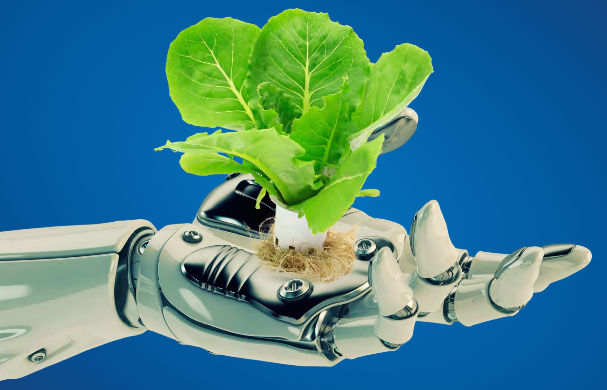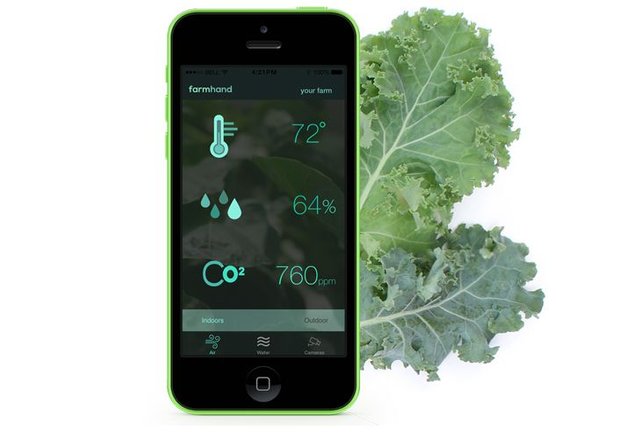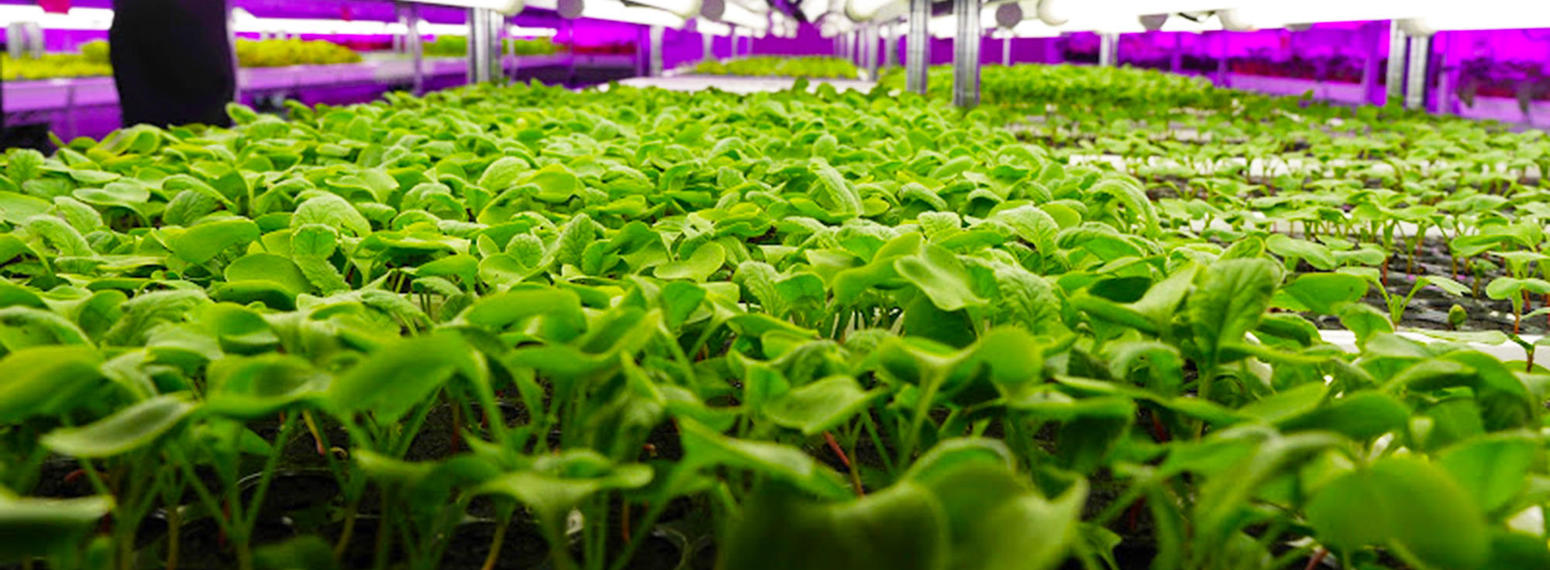The Next Agricultural Revolution: Smart Farming
Seasoned farmers, young entrepreneurs and conscious consumers are working together to create local food systems that are both sustainable and humane. These passionate people are finding fresh ways to bring local and nutritious food back onto the table. The localization of food systems is perhaps the most radical step we can take toward creating more sustainable and just communities around the world.

One of the most exciting aspects of the modern food movement is indoor farming. Indoor farming involves growing produce in controlled environments, and most commonly utilizes soilless growing methods such as hydroponics and aeroponics. Whilst indoor agriculture is still an infant industry, we’ve watched it grow rapidly over the last decade. Indoor farming is beginning to disrupt the globalized food system and has the potential to radically change production/distribution cycles of fresh fruits and vegetables. We teeter on the brink of what many are now calling the Digital Agriculture Revolution.
At Our Roots, we are extremely excited by the emergence of indoor farming, especially as a means for resurrecting the local food movement. Our mission at Our Roots is to grow the most nutritionally-dense produce as geographically close to consumers as possible.
We plan to grow food inside of 40 foot shipping containers. Inside the containers, we carefully control climatic conditions and create an ideal artificial growing environment for our plants. We supplement the sun’s energy with LED lights and use an array of sensors, data analytics, and climate controls to ensure that our farms are both highly productive and efficient.

In just 320 square feet, we can grow the same amount of vegetables per year as a 1.5 acre field-based farm. Our yield return is 100X better per square foot than that of conventional farming. We’ve also drastically reduced our dependency on water. Using hydroponics, we use 90 percent less water than farms that grow food in soil. Perhaps most importantly, we also eliminate the need for pesticides from the farming process by enclosing all of farming activities in a contained environment. As far as flexibility and mobility, our containers can be placed in almost any location that has access to water and electricity. Imagine walking to your local grocery store and buying fresh lettuce harvested that morning in the parking lot. Our Roots is shaping that vision into reality.
On a conventional farm, farmers harvest their crops 2–4 times a year; in an indoor farm, farmers can harvest their crops 10 to 14 times a year. This is possible for two main reasons. Firstly, by creating the ideal artificial growing environment, indoor plants reach maturity much faster than their outdoor counterparts. Secondly, as mentioned above, indoor farmers are able to grow their crops year-round. Year-round growing means that farmers can guarantee the supply of their produce at consistent price points regardless of the season. Even in the dead of winter, farmers can supply their local restaurants with delicious, nutritionally dense produce that is ripe and ready for consumption.
In the Our Roots model, farmers reap a much higher return on their yield per square foot, and as technology costs drop, we begin to see closer cost parity between indoor and outdoor farming. Once a plant can be grown for the same price indoors as it can outdoors, we will reach a vital tipping point. We are going to see radical shifts towards indoor growing across the agricultural sector!

Hydroponics and Tech
Simply put, hydroponics is the growing of plants without the use of soil. The plant’s root structure sits inside of a water solution that is fed with critical growing nutrients. The type of nutrients used can be adapted depending on what plants are being grown and what specific nutrients those plants need. In the simplest terms, we customize our plants’ diets.
Our Roots farms are equipped with operating systems with hardware devices and software analytics that enable us to automate the growing process and to maximize yield-returns. Our operating systems are, in essence, the brains behind each of our farms.
An array of sensors inside the farm are continuously providing a stream of information to our operating system in real time. This data is processed and analyzed by the system and, if there are any abnormalities, our farmers are immediately notified through a smartphone app. The sensors are connected to smart devices which allows us to control our farm inputs remotely. What this means is that if we receive a notification of an abnormality within the farm, we can immediately rectify the problem simply by adjusting the temperature, humidity, PH levels, or lighting from anywhere in the world. Through these senses, our plants are able to “talk” to us and we are able to listen, learn and respond 24/7 365 days a year.

Through our operating system, we estimate that we will receive around 40,000 data points per week pertaining to different aspects of the farming process. This information allows us to constantly learn more about the ins and outs of container farming which, over time, will help us improve the way we farm. This database of information will also be critical in reducing entry barriers for new and aspiring farmers. On top of that, the MIT OpenAg Lab* is currently developing an online platform to share information on climate recipes* and farm inputs; we intend to be active contributors and collaborators on this open source platform.
According to a report by IBM, “the sector of the economy with the lowest IT intensity is farming, where IT accounts for just 1 percent of all capital spending. Here the potential impact of the Internet of Things(IoT) is enormous. Farming is capital and technology intensive, but it is not yet information intensive.
Another important benefit of indoor farming, is the reduction of crop-variability within each individual plant as well as having a much higher accuracy over the prediction of yields. These advantages provide urban farmers with access to markets that would otherwise be inaccessible to them. This leads us to our digital Community Supported Agriculture(d.CSA) agriculture model.
CSAs first came about in the 70s when Rudolf Steiner proposed a new form of biodynamic farming. The CSA model was created as a means to bring the farmer and the consumer closer together, sharing both the risks and rewards of farming. However, CSAs have many challenges, especially at scale. Management of the CSA and distribution of the produce is extraordinarily difficult to maintain whilst inaccurate yield predictions and the lack of crop diversity leave many consumers dissatisfied. As mentioned earlier, within our container farms we are able to accurately predict yields over time. This provides a very important pillar in developing a CSA model that works for both the farmer and the consumer.

To learn more about how d.CSA model works please read our next blogpost.